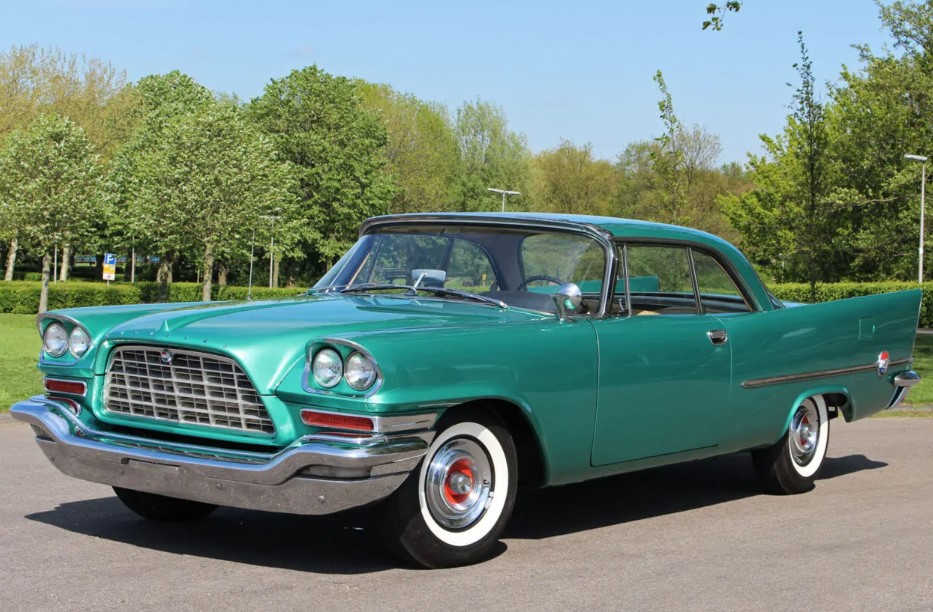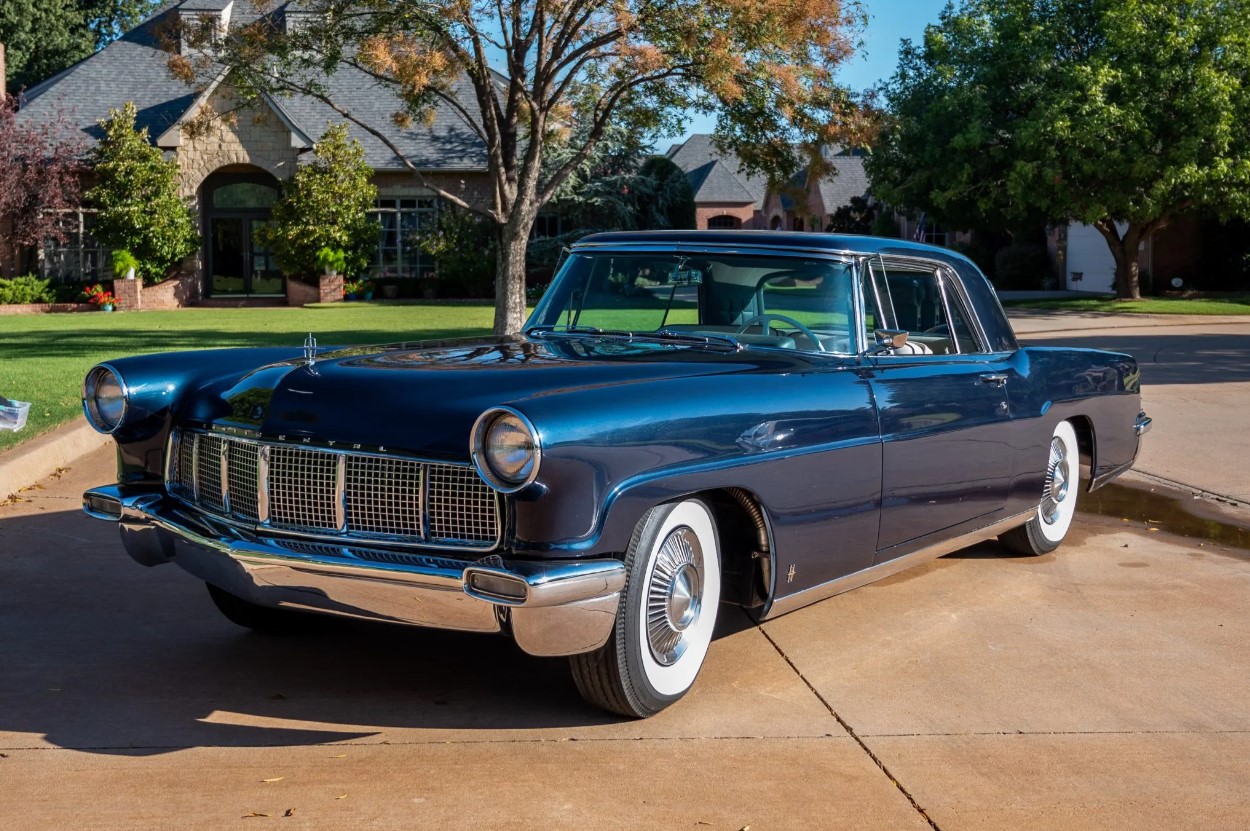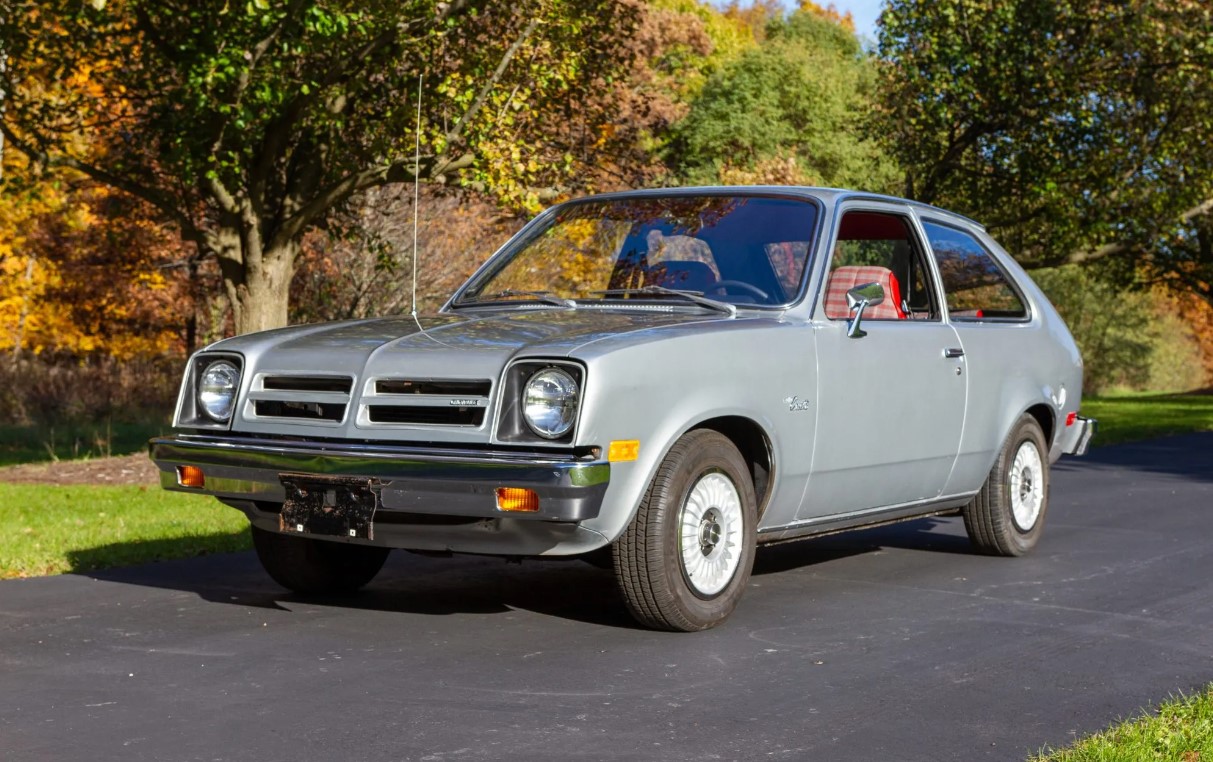In the pantheon of American muscle cars, few evoke the same sense of power, style, and raw performance as the 1970 Dodge Charger. The 1970 model year marked a pinnacle for this iconic vehicle, combining aggressive design elements, formidable engine options, and a distinct presence on the road. As we delve into the history of the 1970 Dodge Charger, it becomes clear why this classic car continues to captivate enthusiasts and car aficionados alike.
-1700039640.jpg)
Design and Styling
-1700039662.jpg)
The 1970 Dodge Charger was an unmistakable presence on the road, with a design that exuded both strength and sophistication. Building on the success of its predecessors, the '70 Charger featured a more refined and aerodynamic profile. The iconic "coke bottle" shape, characterized by sculpted curves and a sweeping roofline, gave the Charger a timeless and distinctive silhouette.
The front end of the Charger was dominated by a bold, recessed grille that accentuated the car's aggressive stance. The hideaway headlights, a signature feature, added to the Charger's sleek aesthetic and contributed to its aerodynamic efficiency. The fastback design, with its flush rear window and a pronounced kick-up at the rear quarters, completed the Charger's athletic look.
-1700039685.jpg)
Perhaps one of the most iconic design elements of the 1970 Charger was the optional "R/T" (Road/Track) package, which included a distinctive hood with a power bulge and hood scoops. The choice of vibrant and bold colors, such as "Plum Crazy" and "Hemi Orange," further emphasized the Charger's rebellious and dynamic personality.
Powerful Engine Options
-1700039704.jpg)
The true heart of the 1970 Dodge Charger lay under the hood, where a range of potent engine options awaited eager drivers. The lineup included the legendary 426 Hemi V8 engine, producing a staggering 425 horsepower and 490 lb-ft of torque. This powerhouse engine was a favorite among drag racers and muscle car enthusiasts, earning the Charger a reputation as a quarter-mile dominator.
In addition to the Hemi, the Charger offered other formidable engine choices, such as the 440 Magnum V8 and the 383 Magnum V8. These engines, with their muscular outputs, ensured that the Charger delivered not just on style but also on sheer performance. The roar of the dual exhaust system became synonymous with the Charger's aggressive demeanor, leaving an indelible impression on anyone fortunate enough to witness—or hear—one in action.
Performance and Handling
-1700039722.jpg)
The 1970 Dodge Charger was more than just a straight-line speed demon; it was engineered to handle the curves and corners of the open road. The suspension system was tuned for both comfort and performance, striking a delicate balance that allowed for an exhilarating driving experience without sacrificing ride quality.
The Charger's power-assisted front disc brakes provided confident stopping power, enhancing the car's overall safety and control. The optional Rallye suspension package further improved handling, making the Charger a well-rounded performer on both the drag strip and winding roads.
Interior Comfort and Features
-1700039753.jpg)
Inside the cabin, the Charger blended performance with comfort and convenience. The spacious interior accommodated both driver and passengers in a setting that exuded a sporty yet refined ambiance. Bucket seats, a center console, and a three-spoke steering wheel contributed to the Charger's driver-focused interior.
The instrument panel featured a full array of gauges, providing the driver with vital information about the car's performance. A variety of optional features, including air conditioning, power windows, and a high-end audio system, allowed buyers to customize their Charger to suit their preferences.
Legacy and Impact
-1700039771.jpg)
The 1970 Dodge Charger left an enduring mark on the automotive landscape, solidifying its status as a true American muscle car icon. Its distinctive design and powerful performance contributed to its popularity, making it a sought-after model for collectors and enthusiasts today.
The Charger's legacy extends beyond its immediate success; it influenced the design of subsequent Charger models and left an indelible imprint on the broader muscle car genre. The Charger's appearances in popular culture, including its role in movies and television shows, further propelled its status as a symbol of American automotive prowess.
Conclusion
-1700039787.jpg)
The 1970 Dodge Charger remains a timeless embodiment of the American muscle car ethos. Its striking design, powerful engine options, and impressive performance capabilities have etched it into the collective memory of automotive enthusiasts. As we look back on the golden era of muscle cars, the 1970 Charger stands tall as a bold icon, a symbol of power, speed, and the unbridled spirit of the open road.



